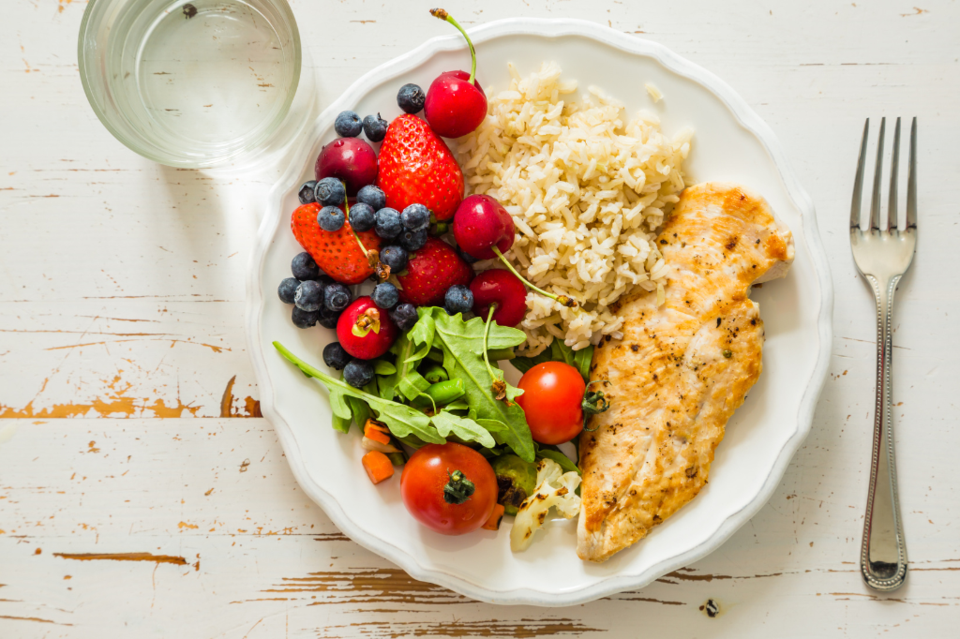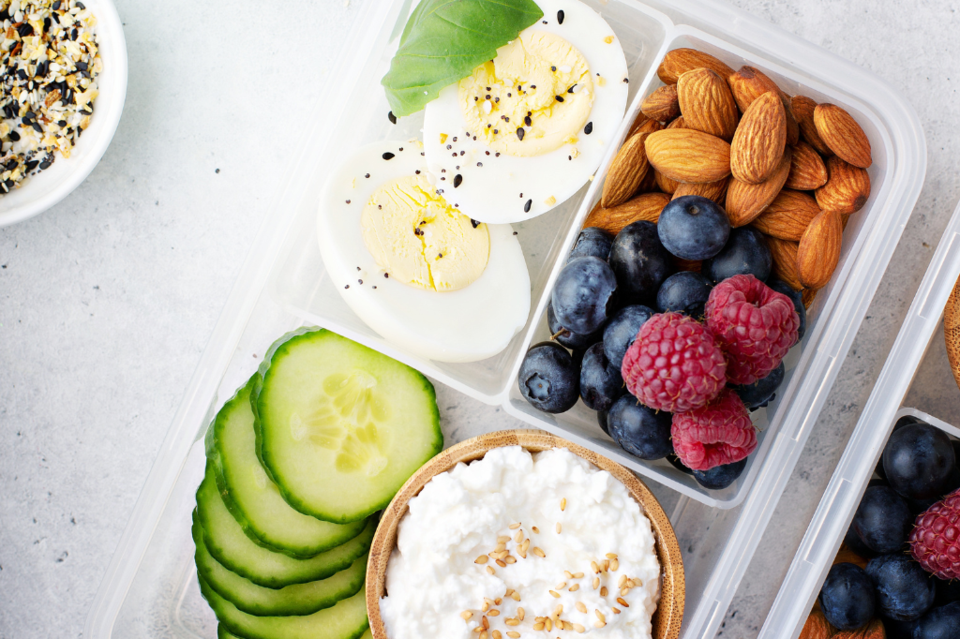As we get older, our metabolism naturally slows down—and often, so does our level of physical activity. For some adults, that can mean gaining weight if eating habits don’t change. For others, a reduced appetite can lead to unintended weight loss and nutritional deficiencies.
Practicing portion control is one of the most effective ways to ensure you're getting enough of the foods your body needs—while limiting those it doesn’t. Here’s how to measure and manage portion sizes to support healthy aging.
What to eat more of
To maintain strength, energy, and overall well-being, aim to fill your plate with the following nutrient-rich foods:
-
Vegetables: 2–3 cups per day, with a focus on dark leafy greens like spinach, kale, or Swiss chard.
-
Fruits: 1½–2 cups daily—fresh or frozen options are great.
-
Lean proteins: 5–6 ounces daily, such as chicken, turkey, fish, or plant-based proteins like beans and lentils.
-
Whole grains: 5–8 ounces daily—think brown rice, oats, quinoa, or whole grain bread.
-
Low-fat dairy: 3 cups per day of milk, yogurt, or fortified plant-based alternatives.
What to eat less of
Try to reduce your intake of the following, which can contribute to chronic health issues if consumed in excess:
-
Refined sugars found in sweetened cereals, baked goods, candy, and sugary drinks.
-
Added salt commonly found in canned soups, frozen meals, and salty snacks.
-
Saturated fats found in fatty meats, full-fat dairy (like cheese and butter), and processed foods such as chips and pastries.

Mastering portion sizes
One of the simplest ways to avoid overeating is by learning what proper portion sizes look like. Using familiar objects as visual cues can be helpful:
-
3 ounces of meat = the size of a deck of cards
-
1 cup of fruit or vegetables = the size of a baseball
-
½ cup of grains or beans = the size of a lightbulb
-
1 ounce of cheese = the size of a pair of dice
Easy tips for managing portions
These strategies can help you stay mindful about how much you're eating—without counting calories:
-
Use smaller plates: This simple switch can help prevent overeating by keeping portions in check.
-
Fill half your plate with greens: Add a salad, stir-fry, soup, or smoothie with leafy greens to your daily routine.
-
Eat at the table—not in front of the TV: Focusing on your meal can prevent mindless snacking and improve digestion.
-
Be mindful when dining out: Restaurant portions are often oversized. Consider splitting a dish, ordering an appetizer as a meal, or boxing up half for later.
-
Portion out snacks: Instead of eating straight from the bag, measure a serving into a small bowl or container.
-
Try a Bento Box: These divided containers can make portioning easier—especially for lunches and snacks.
-
Cook at home when possible: Homemade meals give you more control over ingredients like salt, sugar, and fat.
The bottom line
Knowing what to eat—and how much—can help you feel your best at any age. By understanding portion sizes and making small, mindful adjustments, you can support a healthy weight, prevent disease, and feel more energized day to day. Eating well doesn’t mean giving up your favourites—it just means giving your body what it truly needs.






